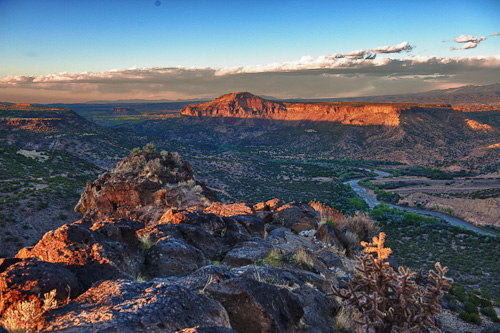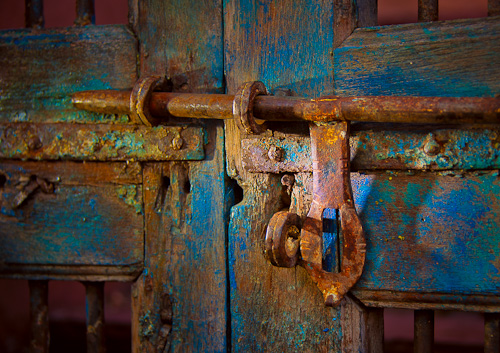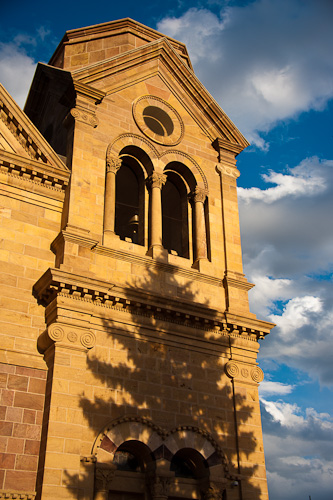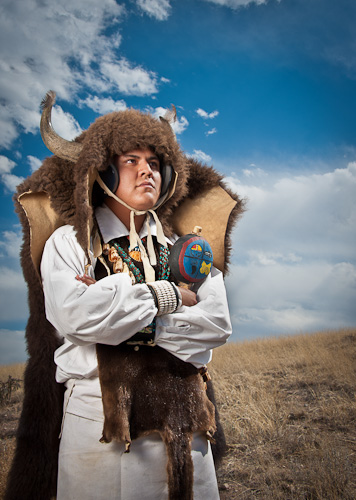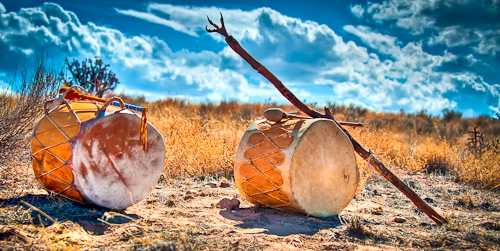Like any other photographer, I’m always looking for ways to improve my skills. There are a lot of options out there: books, magazines, community college classes, online videos (free and $$$) and local photography clubs. And then there are the photo workshops — they’re everywhere. I’ve attended two workshops in the past few months, and while that certainly doesn’t make me an expert, I do now feel like I know what to look for in the next one.
In May I attended the Mentor Series Photo Trek in Santa Fe, New Mexico. This three-day program had 37 students, two instructors, a bus and driver for the first two days and cost $1,000, which included no food, housing or transportation to/from the event. Mentor Series is owned by Popular Photography and runs about a half-dozen workshops each year all over the world.
In the case of this particular Mentor Series Trek, it’s “trek” that’s the operative word. It was more about the location and somewhat less about photography. Yes, the attendees were all photographers (some with some very fancy gear) but we spent virtually all our time on the go. The first two days we were on the bus getting from one scenic location to the next a few hours each day, and once we arrived, there were often miles of walking to do. Beautiful scenery to be sure, but more hiking than shooting. And certainly not a lot of time to stop and “work” a subject for an extended period. The best shooting was actually the day they dumped the bus and we walked the city of Santa Fe on foot: once at sunrise and once at sunset.
And what about the other students? Looking back, it’s not too surprising that a group of 37 would include a wide range. But I was surprised that the Mentor Series Trek included same true novices, some with the most expensive DSLRs. There were times when the instructors had to explain the relationship of aperture to shutter speed and ISO, and that surprised me. The instructors were even cornered by students with questions like, “What is ISO and how do I set it on my camera?” or “How do I focus this camera?” (Perhaps not surprisingly, some of these technically naive students sometimes produced some of the compositionally most exciting pictures.)
Towards the end of the weekend each student had the chance to show each of the instructors five images for critique (ten images total), and those sessions were quite valuable. We each got four or five minutes of constructive criticism that was appropriate for our skills.
In one sense this is the role that weekend or weeklong workshops play. They allow the serious amateur to immerse him/herself in photography, surrounded by other photographers in a context where their peculiar habits of stopping, studying and shooting are socially acceptable. I imagine this is why Trekkies go to conventions. Wearing Mr. Spock ears to the grocery store is going to earn you some very strange looks. At a workshop you can truly geek out. Even when you’re on a bus, it’s all photography. All the time.
Another benefit of any workshop or joining a photo club is the chance to see how other photographers interpret the same objects and locations. This happens in both the small and large workshops. No matter your level of experience, there are always those moments of, “Wow, I missed that!” that are truly educational.
Bottom line: Santa Fe is one of the best cities I’ve ever shot in. You could easily spend two or three days just walking its streets with a camera. Great art and architecture, terrific light and shadows, and a community that is very accepting of (and used to) photographers wandering around. And you don’t need to attend a workshop to enjoy Santa Fe.
[Adapted from the original post on Doug Kaye’s Blogarithms blog. See Doug’s photos on SmugMug.]

